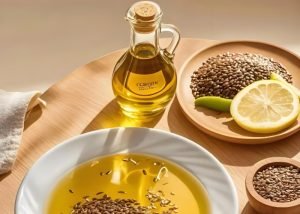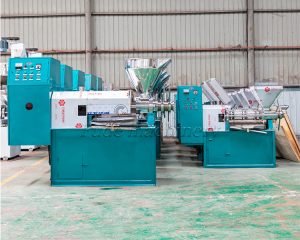What is the Principle of Extracting Olive Oil?
Your olives wait. You want their liquid gold. How do you get it out?
I get olive oil by separating the oil from the olive fruit using mechanical methods. I first prepare the olives. Then I crush them into a paste. I mix this paste. Finally, I press or spin the paste to get the oil.
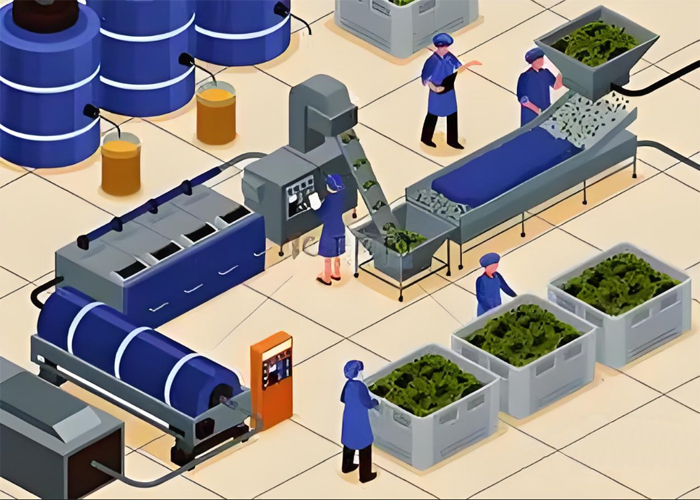
Knowing the basic steps helps you understand how oil leaves the olive. I take the fruit. I process it step by step to get the oil inside. It is a physical process.
How Do I Prepare Olives for Extraction?
Dirty olives make bad oil. You must make them clean. What must you do first?
I first clean the olives to remove leaves, stems, and dirt. Then I sort them to remove any damaged or unhealthy fruit. This makes sure only good olives go into the oil.
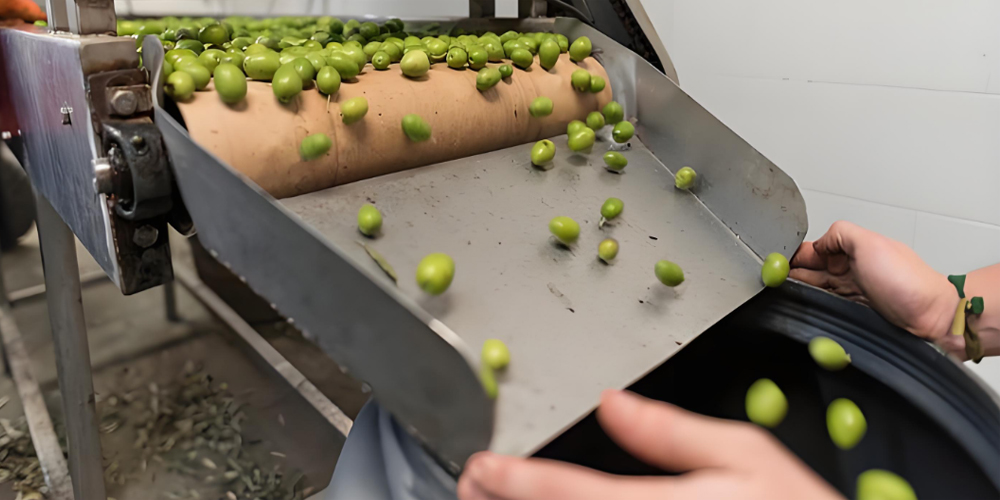
I cannot use olives straight from the tree. They have leaves on them. They have small branches. They have dirt too. Some olives might be bad. They might be bruised or rotten. I must take these out. I use equipment to do this. I use a leaf remover. This machine blows air. It blows away the light leaves and stems. I use a washer. This machine uses water. It washes off the dirt. I put the olives on a sorting table next. People look at the olives. They pick out the bad ones. This step is very important. It stops bad tastes from getting into the oil. Clean, healthy olives make clean, healthy oil.
How can I squeeze olives to extract oil?
Oil can be extracted by squeezing olives through the rotating screw rod of a spiral oil press:
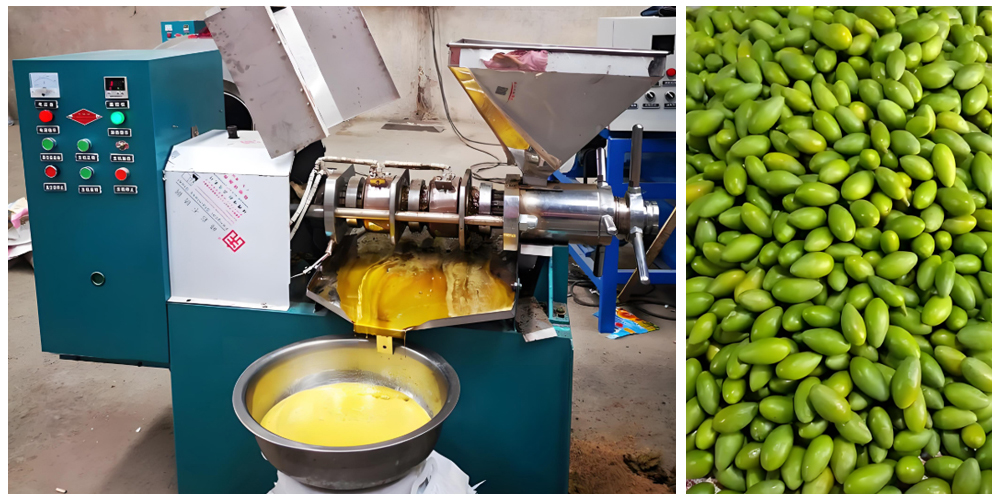
Place the cleaned fresh or dried olives into the machine feed inlet, and the high-speed rotating spindle drives the spiral rod to advance. The spiral structure gradually reduces the space and generates high pressure (up to 70-100MPa) to crush the cell wall and release oil. Liquid grease seeps out from the gap of the squeezing cylinder and is then collected through the bottom oil collection tank; The residue (fruit pulp) will be discharged from the end.
How Do I Separate Oil from Paste?
I have mixed paste with bigger oil drops. Now I need to get the clean oil. How do I separate it?
I separate the oil from the olive paste using mechanical force.I put it into the centrifuge and quickly rotated it. This physically pushes oil and water away from the solid part.
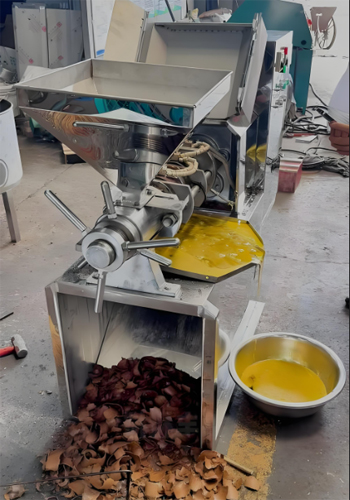
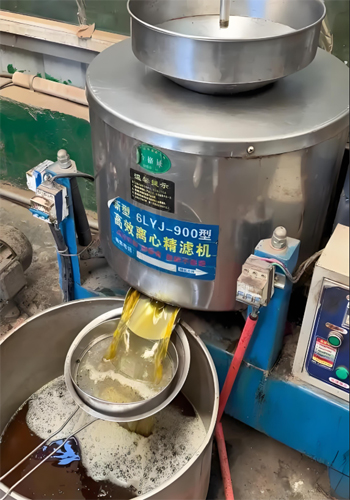
This is the main step where I get the liquid oil. The centrifugal oil filter separates solid particles, moisture, and other impurities from the liquid in olive oil through the centrifugal force generated by high-speed rotation. Specifically, centrifugal oil filters utilize the difference in settling velocity of different substances under centrifugal force, causing suspended particles in olive oil to be thrown onto the inner wall, while clear olive oil flows out from the center. This process can quickly remove impurities and moisture from olive oil, improving its purity and stability.
How Do I Finish the Olive Oil?
I have separated liquid. It is mostly oil. But it may have water and small solid pieces. What do I do last?
I often separate any remaining water and fine solid particles from the raw oil. I can let the oil settle naturally. Or I can use a filter or another centrifuge to make the oil very clear before I store it.
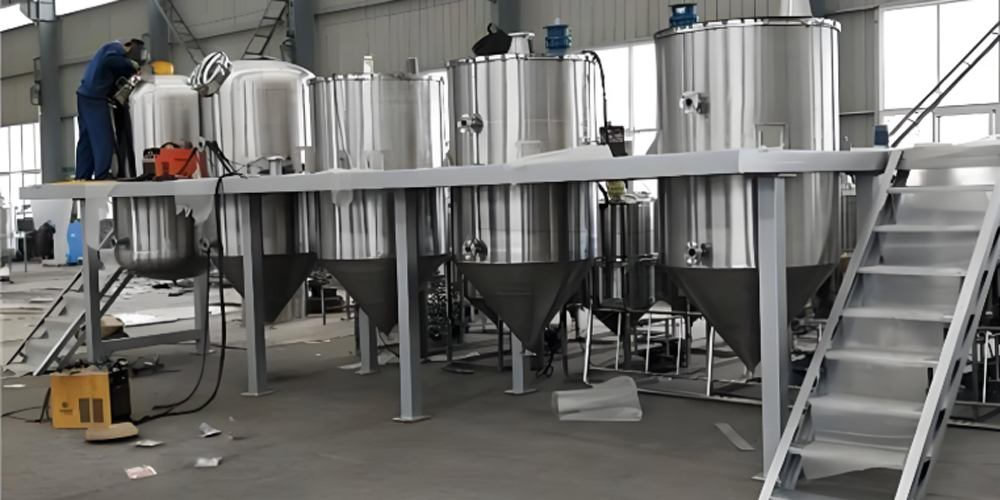
The oil I get from the separator is not always ready. It might look cloudy. This is because it has small bits of olive solid. It also has water that came out with the oil. I need to clean the oil more. One way is to let it sit. Over time, the solid bits and water sink to the bottom. I can then take the clean oil from the top. This takes time. Another way is to use a filter. I push the oil through special papers or cloths. These catch the solid bits. The oil comes out clear.I may also use another type of refining equipment. This equipment for oil refining quickly separates impurities from oil through various physical and chemical methods, mainly including the following steps: degumming: using hydration or acid refining methods to remove gelatinous impurities such as phospholipids and proteins, making the oil purer. Deacidification: Removing free fatty acids (FFA) through alkaline refining or neutralization reactions to improve the acid value stability of oils and fats. Discoloration: Use adsorbents such as clay and activated carbon to remove pigments and impurities, and improve the color of oils and fats. Deodorization: Removing odorous substances through steam distillation under high temperature and pressure to enhance oil stability. Centrifugal separation: using centrifugal force to separate impurities such as oil, water, and slag, improving separation efficiency. Filtration: Residual impurities are removed through equipment such as blade filters and plate frame filters to ensure the purity of the oil. After completing this step, the oil is ready.
Zhengzhou Fude Machinery Equipment helps you obtain olive oil. Cleaning, crushing, mixing, separating, and completing. This will extract oil from olives.
Related recommendations
-
What are the functions of drum dryers?
439The drum dryer has multiple functions such as efficient drying, multiple drying modes and temperature control, safety protection, wide applicability, reasonable structural design, energy saving and environmental protection, and easy operation and ...
View details -
How to choose an oil press -5 major advantages
175Starting or growing an edible oil business is a great goal. But to be successful, you need control over your product and your profit. The single best way to get this control is by owning your own equipment. Choose oil press equipment, master the...
View details -
Do you have any requirements for tea seeds for the tea seed peeling machine
310The requirements of the tea seed sheller for tea seeds mainly include maturity, dryness, cleanliness, consistency of specifications, and storage status
View details -
What plants are suitable for the spiral oil press to make oil
298Spiral oil press has a wide range of applicability and can press various plant oils to meet the needs of different users
View details
 Oil Press Equipment and Oil Refining Machinery for Sale – Start Your Oil Press Business
Oil Press Equipment and Oil Refining Machinery for Sale – Start Your Oil Press Business

